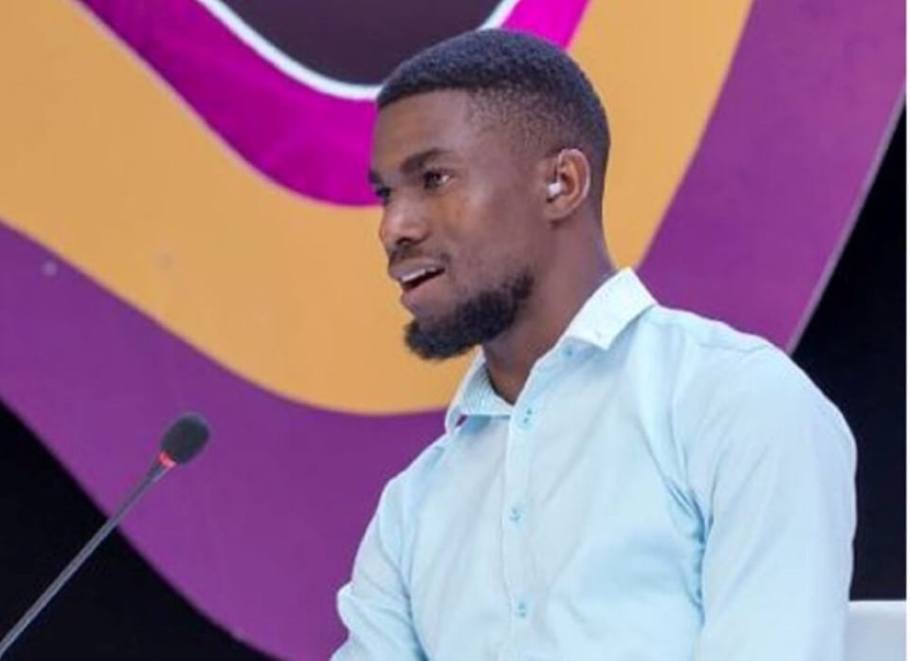Breaking Systemic Barriers that Exclude People with Disabilities Within the Climate Justice Movement
Author: Godfrey Nanyenya - Disability inclusion Specialist
Published: 2022/11/09 - Updated: 2023/09/14
Publication Type: Opinion Piece / Editorial
Category Topic: Disability and Climate Change - Academic Publications
Page Content: Synopsis - Introduction - Main
Synopsis: As a disability-inclusive development advocate, I have several concerns with the climate justice protest, as the prevailing ableist assumption is that disabled people cannot contribute to the climate change conversation. Society must understand that the systems that exacerbate climate change have similar effects on disability.
Introduction
We must break the systemic barriers that exclude people with disabilities within the climate justice movement. The prevailing ableist assumption is that disabled people cannot contribute to the climate change conversation. As a disability-inclusive development advocate, I have several concerns with the climate justice protest.
Main Content
Even though 15% of the world's population has some form of disability. The needs and experiences of people with disabilities have been ignored within the broader climate justice discourse. According to the UNESCAP, disabled people are two to four times more likely to die following a natural catastrophe than non-disabled people. Take the case of recent landslides in buduuda eastern Uganda.
During the COP26, which took place in the United Kingdom, The Israeli Energy Minister, Karine Elharrar, was unable to attend the conference because there was no wheelchair access, reflecting the inaccessibility of these events. I hope this year's COP27, which is taking place in Egypt, has adjusted.
Look at the daily journals. How many disabled people do you witness in photographs and news stories of climate change protests?
Yes, I understand disability is a wide spectrum, with many people having invisible' disabilities, But there remains an obvious absence of the disabled community within the climate justice spotlight.
Shortfalls often need to be addressed within today's climate change movement.
While interacting with young people with disabilities in Uganda, they raised serious concerns that often, Information regarding the fight against climate change is not put in readable formats, which limits people with visual impairments, and most times, these campaigns lack Sign Language interpretation and captioning which excludes the deaf and hard of hearing. Young people with intellectual disabilities said climate justice demonstrations are conducted at a fast pace and for long distances, sometimes preventing wheelchair users and those requiring assistance with mobility from participating. Large, noisy crowds can dismay potential activists with autistic spectrum. Few of the People with disabilities that have tried to brave these barriers are only risen above for braving the barriers but are not recognized for fighting for the cause.
We must remove the systemic barriers that exclude disabled people and fight for their rights to be recognized.
Society must understand that the systems that exacerbate climate change have similar effects on disability. The same economic systems that exploit and undervalue the Earth's resources also exploit and undervalue people with disabilities and the places where they live.

I write this standing in a country (Uganda) where recent landslides have buried loved ones and left many newly disabled with physical impairments. Statistically, People with disabilities are two to four times more likely to die when a global catastrophe happens. Their needs and experiences don't need to be alienated in this fight. The resilience of persons with disabilities in landslide-prone areas is not well understood. Moreover, these disasters are persistent, and this information is vital in enhancing the socio-economic transformation of the livelihoods of Persons with disabilities.
Following occurrences of every disaster, many people are left homeless with limited access to necessary resources and services and social care needs, and they are likely to get secondary disabilities due to the turmoil. Depending on the nature of impairment a person with a disability possesses, they experience disaster impacts uniquely, influencing their resilience levels. For instance, people who are Deaf-Blind may not be able to quickly escape from a risky area when the slopes begin crumbling because they do not see and do not hear. Disability also limits opportunities for self-evacuation in case a landslide happens; thus, failure to respond to disaster risks, we must include people with disabilities in climate justice adaptation campaigns. Disabled people overcome everyday obstacles, and their adaptive capacity and resilience can offer insights into how to adapt to climate change.
The Last time I held this conversation with a colleague. They told me there are many ways people with disabilities can contribute to the struggle from their bed without joining a local climate group on social media or within a disability organization they're part of.
As the world moves forward with measures to combat climate change, it is vital that States and other actors design and implement disability-inclusive policies that enhance and protect, rather than undermine, the human rights of persons with disabilities.
I dream of a future where we are involved. Right now, all we need is participation, not representation. Unless we can learn not to breathe or eat, Climate justice is Disability Justice.
Attribution/Source(s): This quality-reviewed publication was selected for publishing by the editors of Disabled World (DW) due to its relevance to the disability community. Originally authored by Godfrey Nanyenya - Disability inclusion Specialist and published on 2022/11/09, this content may have been edited for style, clarity, or brevity.